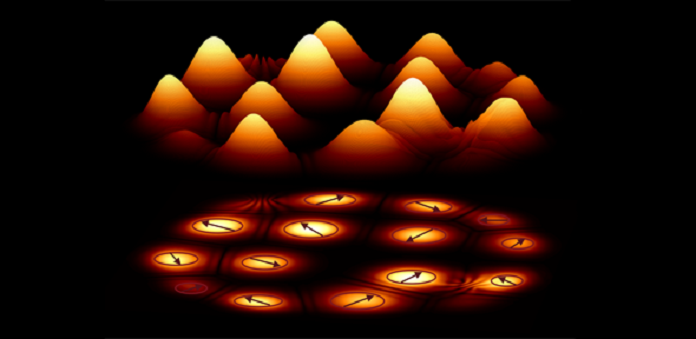Russian scientists along with the UK have demonstrated a type of ‘Magic Dust’ through which they can solve complex computer problems. The ‘Magic Dust’ is believed to perform the abilities of a most powerful supercomputer.
Scientists here used quantum particles known as polaritons. Polaritons particles are half-light and half matter. They act as a type of ‘beacon’ showing the way to the simplest solution to complex problems.
Professor Natalia Berloff of Cambridge University said, “The problem to tackle when the objective function to minimise represents a real-life problem with many unknowns, parameters, and constraints.”
Other modern supercomputers solve the problem when dimensions of the function that requires minimizing themselves are actually small or when the organization of the problem allows it to find an immediate optimal solution. Even a hypothetical quantum computer offers at best the quadratic speed-up for the “brute-force” search for the global minimum.
Scientists thought, What if instead of moving along the mountainous terrain in search of the lowest point, one fills the landscape with a magical dust that only shines at the deepest level, becoming an easily detectable marker of the solution?
Berloff explained, “A few years ago our purely theoretical proposal on how to do this was rejected by three scientific.c journals. One referee said, ‘Who would be crazy enough to try to implement this?!’ So we had to do it ourselves, and now we’ve proved our proposal with experimental data.”
Scientists primarily created the magic dust polaritons by shining the laser at the stack of given atoms: gallium, arsenic, indium, and aluminum. The electrons in these layers consume and emit light of a certain color.
Polaritons are ten thousand times lighter than electrons and may achieve sufficient densities to form a new state of matter known as a Bose-Einstein condensate, where the quantum phases of polaritons synchronize and create a single macroscopic quantum object that can be detected through photoluminescence measurements.
Next, scientists created the potential landscape that asks polaritons to condense at its lowest point. To do this, scientists focused on a particular type of optimisation problem, but a type that is general enough so that any other hard problem can be related to it, namely minimization of the XY model which is one of the most fundamental models of statistical mechanics.
By doing this, they were able to create polaritons at vertices of an arbitrary graph. As polaritons condense, the quantum phases of polaritons arrange themselves in a configuration that corresponds to the absolute minimum of the objective function.
Co-author Professor Pavlos Lagoudakis said, “We are just at the beginning of exploring the potential of polariton graphs for solving complex problems. We are currently scaling up our device to hundreds of nodes while testing its fundamental computational power. The ultimate goal is a microchip quantum simulator operating at ambient conditions.”
